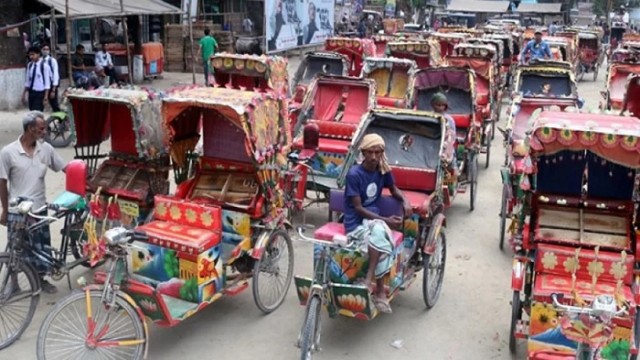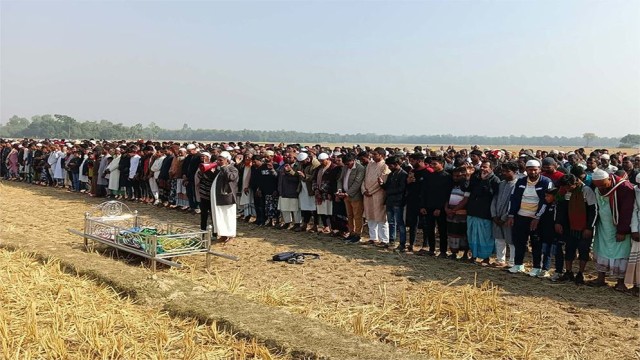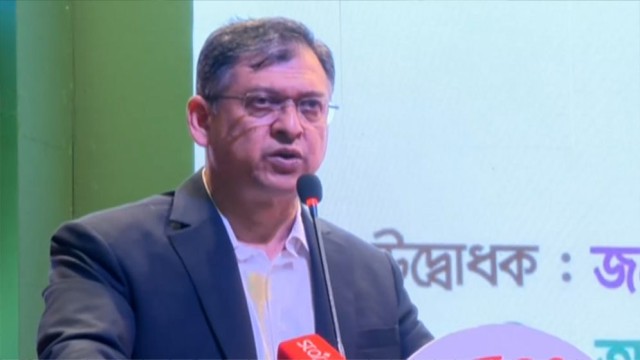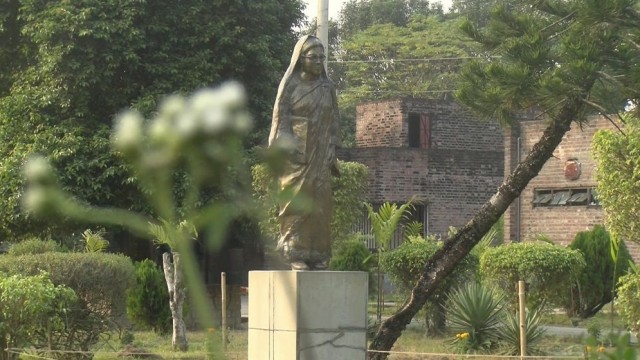Rajshahi, Oct 10 (V7N) – Once a popular and iconic mode of transportation across Rajshahi city, upazila towns, and rural villages, the traditional pedal-powered rickshaw and rickshaw van are gradually disappearing. The familiar ting-ting sound of rickshaw bells that once echoed through narrow alleys and winding village roads is now becoming a nostalgic memory.
Pedal rickshaws were once symbols of pride and comfort for passengers, offering a sense of calm and a royal touch to the journey. However, with the rise of technology and modern vehicles, these human-powered rickshaws are losing their cultural and economic relevance. In today’s fast-paced, mechanized world, battery-run auto-rickshaws and electric vans have replaced the hard labor once done by muscle and sweat.
Field visits to areas including Kaliganjhat, Chaubaria, and Mundumala show that almost all rickshaws and vans are now battery-operated. In Tanore municipal area, only a few pedal-powered rickshaws remain—mostly driven by elderly men. The rest have switched to battery-run alternatives, which now dominate roads across the district.
According to senior rickshaw pullers, the early 2000s saw the golden days of pedal-powered rickshaw vans. But today, they are nearly extinct. “Only a handful of pedal rickshaws are still running, mostly driven by older men who cannot afford or dare to operate electric ones,” said Karim Mondal from Kamargram Union. “In the past, I used to earn Tk 500–700 a day. Now, after a full day’s work, I barely earn Tk 200–300—sometimes even less,” he added.
Another rickshaw puller, Majidul Islam, explained, “Pedal rickshaws are hard to operate and earn less, while battery rickshaws require less effort but pay more. So I switched to battery-powered ones.”
Before the introduction of electric rickshaws, pedal rickshaw garages were common in Rajshahi. Drivers would rent them for Tk 120 per day or Tk 70 for half-day shifts. But now, most garages have closed or turned to battery-powered vehicles.
The shift gained momentum after the COVID-19 pandemic, when many semi-skilled or uneducated laborers lost their jobs and turned to driving battery-powered rickshaws for livelihood. Despite safety concerns, these vehicles became the preferred choice due to their convenience and earning potential. However, accidents involving underage and untrained drivers have become increasingly common.
Local college teacher Anarul Islam reminisced, “A decade ago, we used pedal rickshaw vans for shopping or commuting. There were fewer motorcycles and autos back then. People traveled safely and peacefully without traffic jams. Today, untrained auto drivers dominate the roads, and accidents are frequent.”
Political leader and social worker Abdul Malek added, “In the past, many rickshaw drivers worked as farm laborers or porters. But now, most of them drive battery-powered rickshaws or autos. The lack of training and reckless driving often cause accidents. Traditional pedal rickshaws are almost extinct due to the overwhelming number of electric vehicles.”
As the modern era races ahead, the heritage of the pedal rickshaw—a symbol of Bangladesh’s working-class resilience and rural tradition—faces quiet extinction. The familiar rhythm of the pedal and the ringing bell that once defined everyday life in Rajshahi now survive only in memory.
END/MRA/SMA/































Comment: